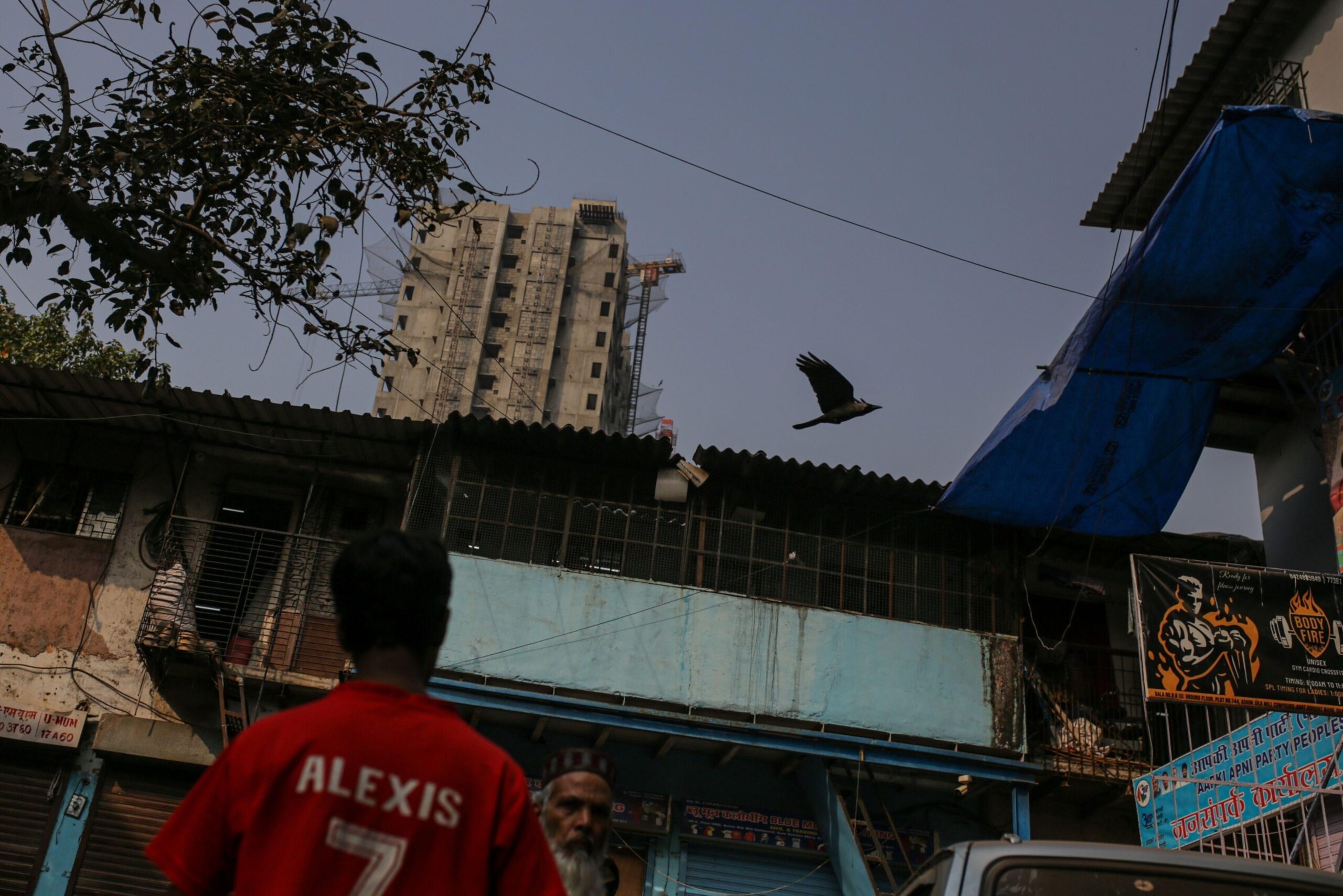[ad_1]
Earnings from India’s top private sector lenders may show how brisk credit growth and higher margins driven by rising interest rates now face a slowdown as the rates cycle peaks.
Disappointing quarterly numbers from HDFC Bank Ltd., India’s top private sector lender, sent its shares tumbling 8% the next day and raised concern about reports from rivals ICICI Bank Ltd., Kotak Mahindra Bank Ltd. and Axis Bank Ltd. The four banks make up more than 25% of India’s benchmark Nifty 50 stock index.
HDFC Bank’s earnings showed banking system liquidity turn negative for the first time since 2020, which means it may struggle to finance loans – a phenomenon that may affect lenders across the country. This will also mean lending margins, which have so far expanded with rising interest rates, may now begin contracting faster than estimated as banks fund loans with deposits instead.
Holiday quarter earnings from SK Hynix Inc., South Korea’s second-most valuable firm, are expected to show its last operating loss of the cycle, supported by its dominant market share in AI memory chips and a global chip demand recovery. While Samsung Electronics Co. disappointed last week, the country’s chip output and shipments grew the most in years in November, reviving optimism about the outlook.
Highlights to look out for:
Saturday: ICICI Bank (ICICIBC IN) and Kotak Mahindra Bank (KMB IN) may post 19% and 13% profit growth, their slowest in 12 and nine quarters, respectively, amid margin pressure as the interest rate cycle peaks. Analysts remain confident of loan quality, predicting no increase in bad loan provisions. Deposit momentum will be watched closely after HDFC Bank indicated this would drive lending growth in the near future.
Tuesday: Axis Bank’s (AXSB IN) net interest margin may shrink 8 basis points, estimates compiled by Bloomberg show, due to higher deposit costs. Trends for slippages and overall asset quality should be mostly stable, Kotak Institutional Equities analysts said. Investors are paying attention to the bank’s integration with Citigroup’s business, with Bloomberg Intelligence predicting costs could jump over a quarter as it expands its physical and digital network.
Wednesday: Nidec’s (6594 JP) third-quarter operating profit probably jumped from a year earlier and held steady sequentially, estimates show. BI senior analyst Masahiro Wakasugi expects results to barely meet estimates. The small precision motor and automotive units should remain solid, though a loss is expected in electric-vehicle motors. The operating profit target of 220 billion yen ($1.49 billion) for fiscal 2024 should be maintained, he added.
Siam Cement’s (SCC TB) fourth-quarter performance is projected to be “disappointing,” weighed down by lower spreads in its petrochemical business and from an impairment loss from its construction building material business, Asia Plus Securities analyst Prasit Rattanakijkamol said in a note. The Thai company’s adjusted net income may fall 41% sequentially, estimates show. While the bulk of the challenges facing the cement and petrochemical businesses is expected to be reflected in the final quarter of the year, 2024 should be a better year, RHB analyst Chatree Srismaicharoen said.
Thursday: SK Hynix’s (000660 KS) quarterly revenue is expected to jump 35%, estimates show, as global demand for chips returns and AI adoption picks up pace. DRAM sales will probably surge 58%. Inventory restocking and a pickup in Chinese smartphone demand has contributed to higher DRAM average selling prices, analysts from HSBC said. Chief Executive Kwak Noh-Jung is confident, predicting the AI memory boom may help double the firm’s market value over the next three years.
Hyundai Motor’s (005380 KS) profit is expected to surge 63%, supported by overall contributions from its segments. The years-long sales slide in China remains a concern as it highlights the Korean automaker’s challenges in the world’s largest auto market. Developments in the Indian market will also be closely watched after it announced a plan to spend 70 billion rupees ($842 million) on its second plant in India.
First Published: Jan 19 2024 | 9:02 AM IST
[ad_2]

